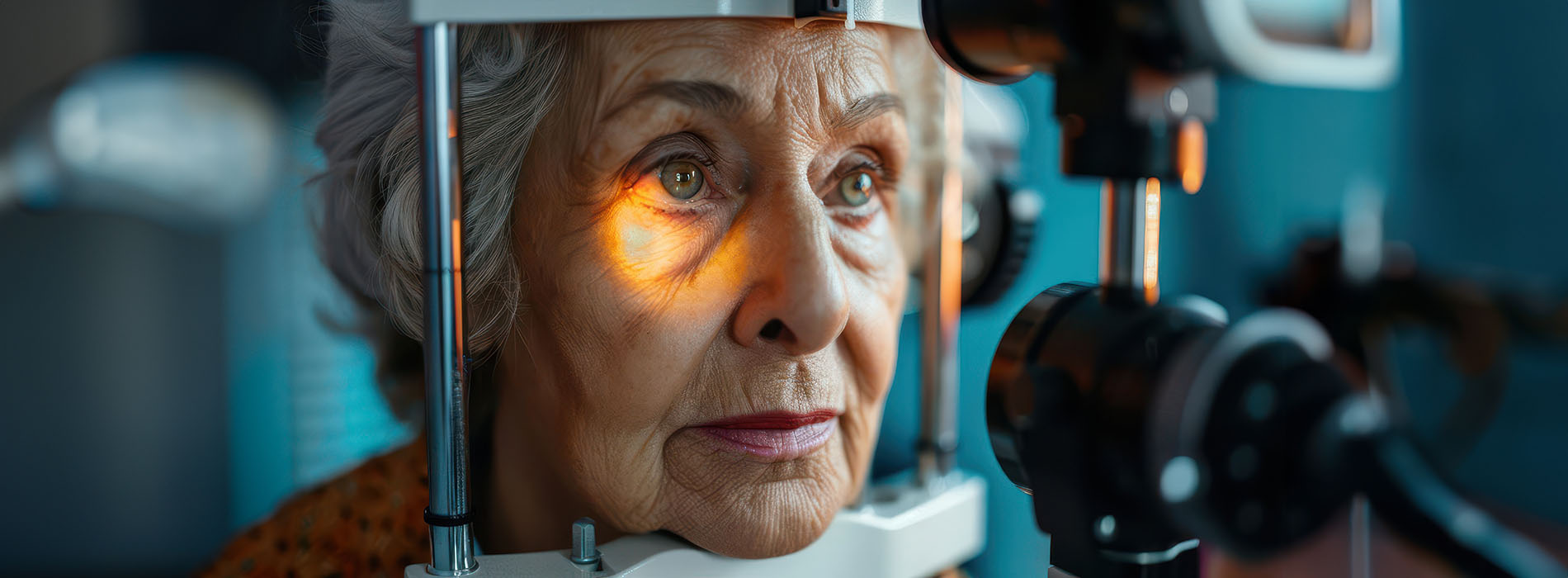
Our Office
680 Kinderkamack Rd
Suite 103
Oradell, NJ 07649
Existing Patients: (201) 265-9040
New Patients: (201) 241-4222
Visit Us Online

Glaucoma is a disease that develops when fluid builds up in the front part of your eye and increases pressure on your optic nerve.
Primary open-angle glaucoma is the most common type and develops gradually over time due to poor eye drainage. As the pressure builds up because of excess fluids, pressure on the optic nerve can lead to permanent eye damage.
In early stages, primary open-angle glaucoma causes few symptoms, but over time, your vision blurs and the condition may become painful.
Angle-closure glaucoma occurs when your iris sits close to the drainage angle in your eye and causes a blockage. This can cause pressure in your eye to build up quickly, requiring immediate treatment to prevent blindness.
Symptoms of angle-closure glaucoma that call for emergency medical attention include:
During a comprehensive eye exam, Dr. Prince and his team evaluate the overall health of your eye, including measuring eye pressure and assessing the drainage angle. They also examine your optic nerve to identify any existing damage.
Based on your exam results, Dr. Prince will discuss treatment options and work closely with you to determine the best approach.
Once glaucoma damage occurs, it’s permanent and cannot be reversed. However, with medication and surgical treatments, Dr. Prince and his team focus on preventing further damage and preserving your vision.
Medicated eye drops can lower eye pressure by reducing fluid production.
Several surgical options are available to help drain excess fluid from the eye:
After surgery, Dr. Prince and his team will continue to manage your care with regular follow-ups, checking medication effectiveness and ensuring healthy eye pressure.
To schedule a consultation and explore your glaucoma treatment options, call the office of Andrew M. Prince MD Ophthalmology and Ophthalmic Surgery nearest you.
